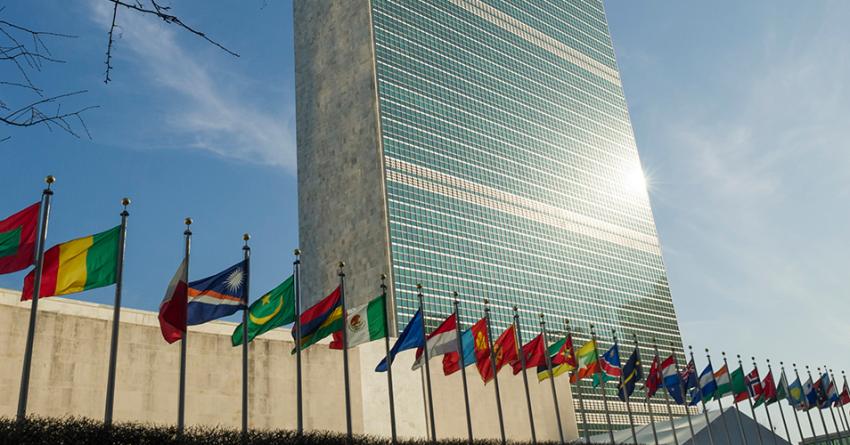UNITED NATIONS: A new UN poverty study released on Monday, the International Day for the Eradication of Poverty, finds that significant poverty reduction is possible, and new ways of calculating the problem can help humanitarians and governments better target aid.
The Multidimensional Poverty Index (MPI), a joint analysis from the UN Development Programme (UNDP) and the Oxford Poverty and Human Development Initiative (OPHI) at the University of Oxford, goes beyond measuring poverty as a measurement of poverty, and looks at other indicators, from access to education and health, to living standards such as housing, drinking water, sanitation and electricity.
Using this way of calculating the issue, the study shows that even before the COVID-19 pandemic and the current cost-of-living crisis are accounted for, some 1.2 billion people in 111 developing countries are living in acute multidimensional poverty – nearly double the number who are seen as poor when poverty is defined as living on less than $1.90 per day.
Because there are different aspects of poverty in different regions, the study calls for the development of strategies that tackle the issue to be tailored to specific countries and regions.
It also identifies recurring patterns of poverty (“deprivation bundles”), that commonly affect those at risk. For example, more than half of those living in poverty lack both electricity and clean cooking fuel, whilst a third are deprived of nutrition, cooking fuel, sanitation and housing at the same time. –Agencies
Home Global & Regional News Lifting 100m out of poverty by 2025 still possible, despite recession threat:...



